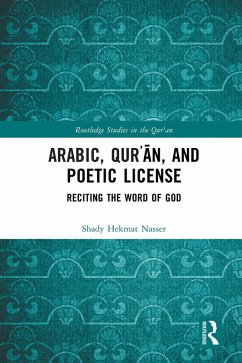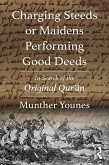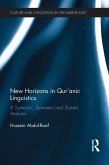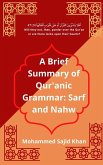Of central relevance is the relationship between the Qur¿an and Arabic poetry, and how Muslim scholars defined this relationship based on a formulaic structural approach rather than a thematic and motif-oriented one. The book aims to reposition the so-called non-standard usages of Arabic vernaculars, non-canonical readings of the Qur¿an, and unusual grammatical structures in ancient poetry at the heart of the Arabic-Islamic tradition. The book deals with different theological, legal, and social controversies regarding the proper recitation of the Qur¿an and its individuation from poetry and other verbal arts. For the first time, this study offers a comprehensive categorization of unusual grammatical structures in both the Qur¿an and ancient Arabic poetry, which Arab grammarians classified as poetic license. The close affinity between the linguistic styles of the Qur¿an and ancient Arabic poetry suggests that the Qur¿an was a form of ancient Arabic poetry. To individuate the Qur¿an, Muslim scholars put in place various theological and legal restrictions for its proper recitation, the most important of which was tajwid (Qur¿anic recitation).
The book will interest students and scholars of Qur¿anic and Islamic studies, as well as those researching Arabic poetry and grammar.
Dieser Download kann aus rechtlichen Gründen nur mit Rechnungsadresse in A, B, BG, CY, CZ, D, DK, EW, E, FIN, F, GR, HR, H, IRL, I, LT, L, LR, M, NL, PL, P, R, S, SLO, SK ausgeliefert werden.









